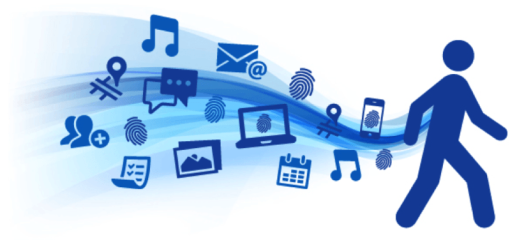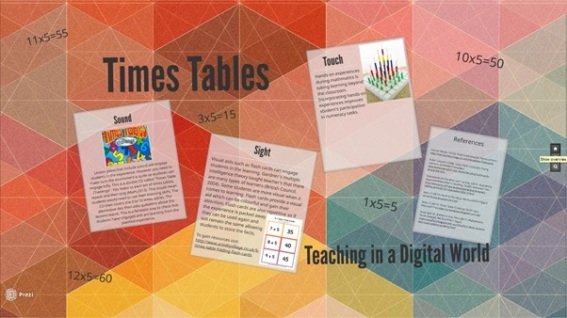How we as a race interact and ingest media and communications has changed dramatically. From the mid-1920’s where television was black and white to now where you can transport a variety of media sources. A digital world as described by Dictionary Reverso is an “electric spectrum of data creating, storing, retrieving and synchronizing” (Reverso-Softissimo, 2015).
A digital world helps us to support and educate students with more up to date information that is easily accessible. As we educate children using a variety of media we need to remember that the modern work environment requires digital knowledge to succeed (Howell, 2012).
We as teachers use a variety of technologies to plan and prepare work for students. Without this, we would revert to hand written term plans and photocopying work sheets. In 2014, it was reported that more than 40 per cent of schools provided digital devices for students (Vonow, 2015). Since the findings this percentage has dropped by 20% to the year prior. In 2014, the Federal Government made changes to policies where the 1:1 ratio of computers and students under the Digital Education Revolution in 2013 was to be removed (Vonow, 2015). This has meant a decrease in technology available to students and teachers resulting in a loss of a digital world for some students.
F or more information in relation to the Australian School Library Survey visit.
or more information in relation to the Australian School Library Survey visit.
A digital world has shown that upskilling in a variety of technologies not only increases job prospects but also that students enjoy the use of technology within the classroom. It motivates them and engages them which ultimately builds on a student’s knowledge (Howell, 2012).
Learning never stops. A discussion at the dinner table can lead to the answer being Googled. Such a simple tool is so relied on in this digital age.
Referencing
Howell, J. (2012). Teaching with ICT: Digital Pedagogies for Collaboration and Creativity. Oxford University Press
Kho, A. (2015). Search Engines [Image]. Retrieved from http://autocruiseaffiliatemarketing.com/2015/07/26/understand-search-engines-work/
Prensky, M. (2008). The 21st-Century Digital Learner. Retrieved from http://www.edutopia.org/ikid-digital-learner-technology-2008
Reverso-Softissimo. (2015). Digital World Definition. Retrieved from http://dictionary.reverso.net/english-definition/digital%20world
Vonow, B. (2015, February 9). Survey shows almost 60 per cent of Australian schools don’t provide laptops or iPads for students. The Courier-Mail.





